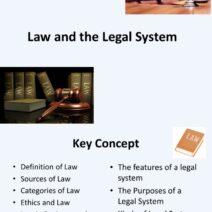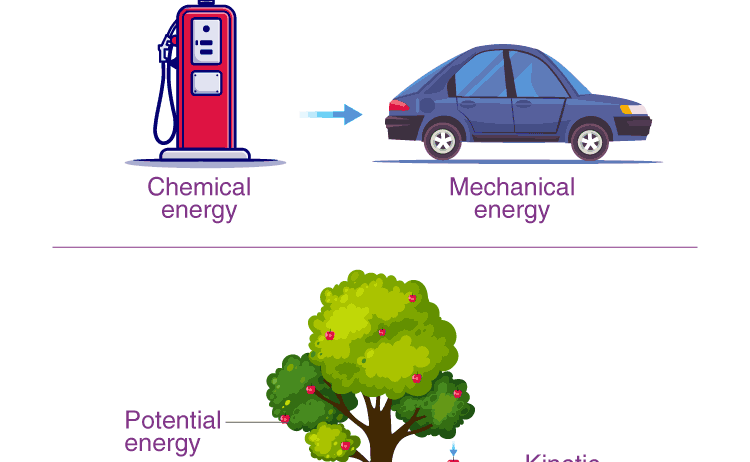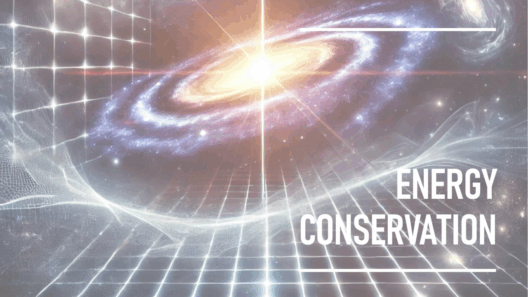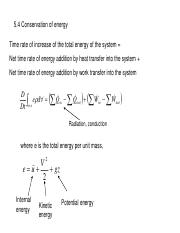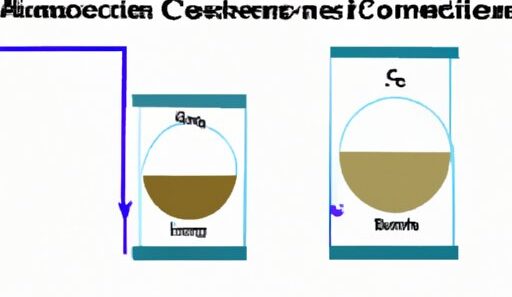Understanding the Law of Conservation of Energy is paramount in comprehending the intricate workings of the physical universe. This fundamental principle asserts that energy cannot be created or destroyed; it can only change forms. This tenet underlies a myriad of phenomena across different fields, from physics and chemistry to engineering and environmental science. It is essential to grasp the nuances of this law, as they play a vital role in technological advancements and ecological preservation.
At the core of the law is the concept of energy transfer and transformation. Energy exists in various forms: kinetic, potential, thermal, chemical, nuclear, and electromagnetic, among others. The law emphasizes that when one form of energy is converted into another, the total amount of energy within a closed system remains constant. This is crucial to understanding how energy flows through systems, allowing us to predict outcomes in both mechanical and natural processes.
To illustrate, consider a pendulum in motion. The swing of the pendulum showcases the interplay between kinetic and potential energy. At the highest points of its arc, the pendulum possesses maximum potential energy and minimal kinetic energy. Conversely, at the lowest point, it has maximum kinetic energy and minimal potential energy. This continuous conversion underscores the essence of the conservation principle. Such examples serve not only to solidify theoretical concepts but also to illustrate practical applications in designing energy-efficient systems.
Additionally, the First Law of Thermodynamics provides a broader contextual framework for the principle of conservation. It states that the change in internal energy of a system is equal to the amount of energy added to the system minus the work done by the system. The internal energy accounts for both kinetic energy of particles and the potential energy due to their positions. This relationship highlights how energy transitions are foundational to thermodynamic processes, enabling us to grasp the broader implications of energy conservation in thermal systems.
Understanding the modalities of energy transformation is essential in multiple disciplines. For instance, in biological systems, organisms convert chemical energy found in food into mechanical energy to facilitate movement, growth, and reproduction. The efficiency of this transformation is a topic of research in the fields of bioenergetics and ecology, having implications for understanding population dynamics and ecosystem stability.
Technological advancements also pivot on principles of energy conservation. In engineering, for instance, the design of machines and engines relies heavily on maximizing efficiency and understanding energy losses, primarily due to friction and heat dissipation. The optimization of these processes is crucial, as it not only enhances performance but also minimizes environmental impact, contributing to sustainability.
A significant realm of application lies within renewable energy technologies. Solar panels, wind turbines, and hydroelectric plants exemplify how energy transformation is harnessed to provide sustainable energy sources. These technologies are designed to convert natural energy forms into usable electricity while adhering to the conservation of energy principles, showcasing how innovation can lead to environmentally friendly alternatives.
Moreover, the impact of energy conservation extends to discussions around climate change and environmental degradation. By recognizing the limits of energy resources and the ecological footprint of energy consumption, efforts can be directed toward sustainable practices. This includes energy conservation measures such as improving insulation in buildings, using energy-efficient appliances, and advocating for public transportation systems. Each of these actions aligns with the overarching goal of reducing unnecessary energy expenditure while adhering to conservation principles.
In education, the law of conservation of energy is a cornerstone topic within curricula. It serves as a foundational concept in physics education, guiding students toward a more profound appreciation of not only energy dynamics but also the role they play in everyday life. Through experiments and hands-on activities, students enhance their understanding of energy transformations and the implications of energy conservation on a global scale.
Furthermore, conversations about conservation lead to ethical considerations surrounding energy usage. Societal responsibilities emerge in the discourse about sustainable energy practices. There is a growing recognition that each individual’s choices regarding energy consumption have far-reaching consequences. Collective efforts toward energy awareness can significantly affect environmental preservation and climate stability.
Ultimately, mastering the Law of Conservation of Energy equips individuals with the knowledge necessary to engage critically with the pressing challenges faced by contemporary society. This understanding not only fosters scientific literacy but also cultivates a conscientious approach to energy usage in daily living. As we navigate an increasingly energy-dependent world, the principles derived from the conservation of energy will remain crucial in guiding us towards a sustainable future.
In summary, the Law of Conservation of Energy encapsulates a critical concept in physics, offering diverse insights into natural phenomena, technological advancements, and ecological stewardship. By diving deeper into the various dimensions of this law, individuals can arm themselves with the knowledge to contribute positively to environmental conservation and innovate in the face of energy challenges. Understanding energy and its forms is not merely an academic endeavor but a necessary pursuit that informs our choices and shapes our collective future.
